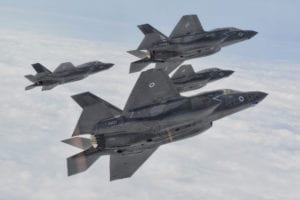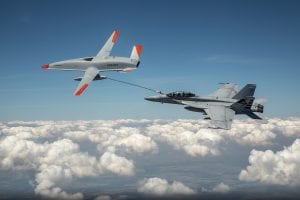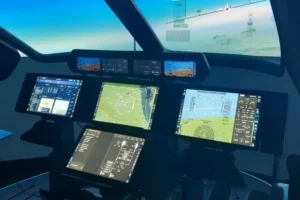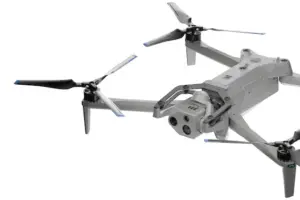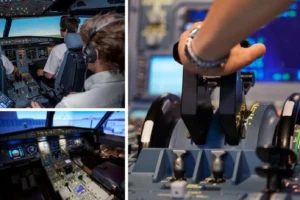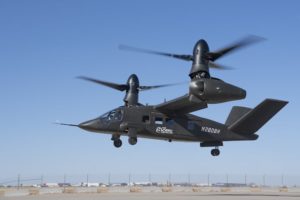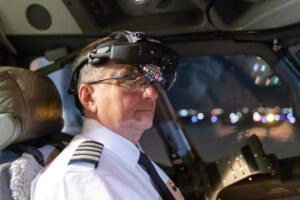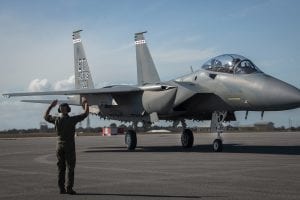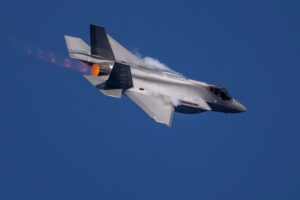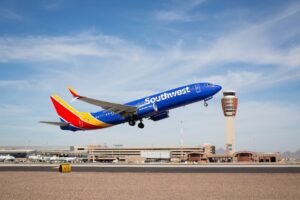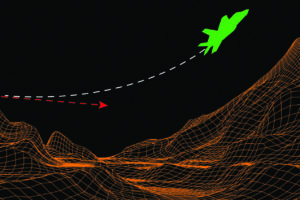Business & GA, Commercial, Embedded Avionics
Honeywell, AT&T Craft Connected Aircraft Concept
By Woodrow Bellamy III | May 1, 2014
Send Feedback
[Avionics Today May 1, 2014] Last September, Honeywell released a survey that found nearly 90 percent of passengers would give up an amenity on their flight in order to access a faster in-flight wireless connection. In response, two of the biggest names in telecommunications and avionics, AT&T and Honeywell, are partnering to launch a 4G LTE-based in-flight connectivity service available for airlines and business jet operators as soon as late 2015.
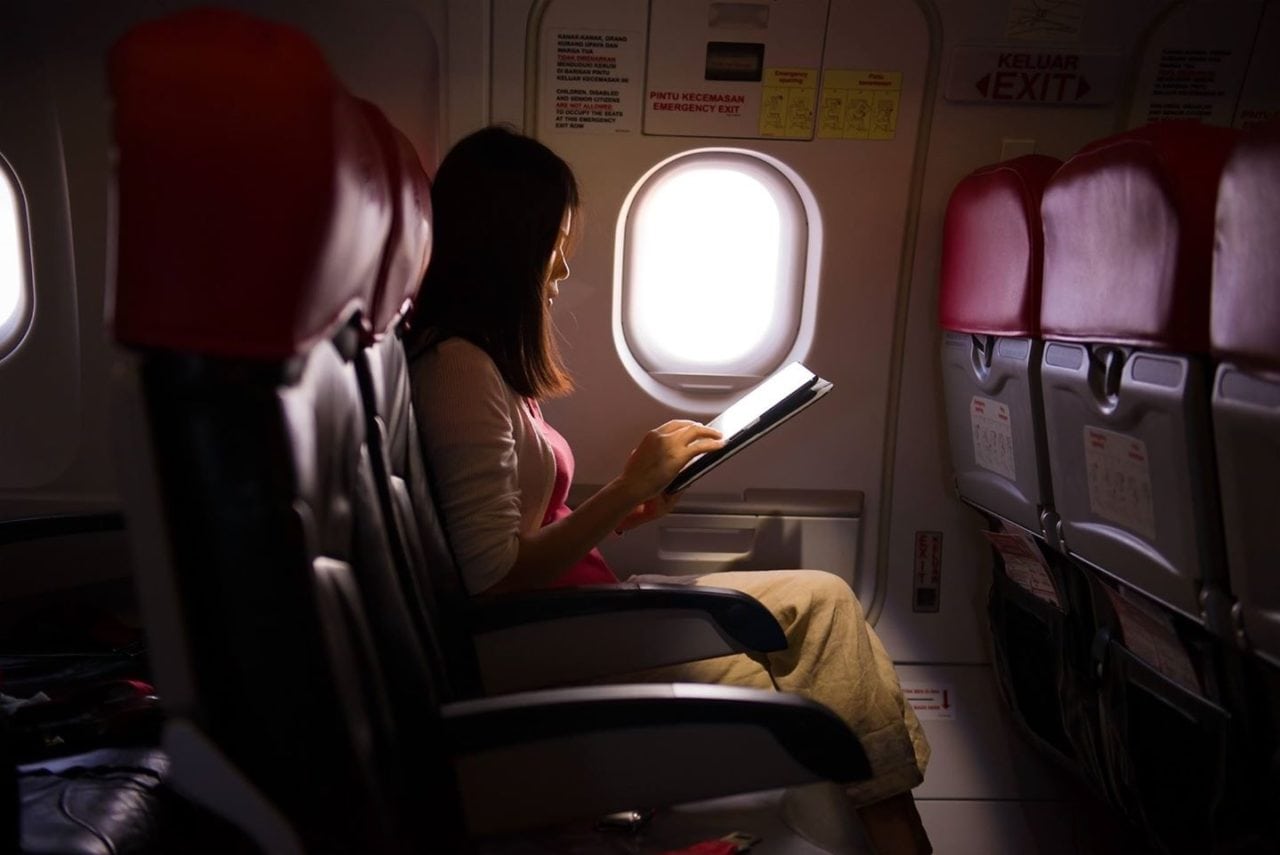
An airline passenger uses a tablet on an aircraft. Photo, courtesy of Honeywell.
Honeywell will be the exclusive supplier of onboard antennas, transceivers, modems and servers for the air-to-ground network AT&T is building across the continental United States. The partnership comes as other in-flight service providers like Gogo continue to respond to skyrocketing in-flight connectivity demand.
“Everyone wants access to high-speed, reliable mobile Internet wherever they are, including at 35,000 feet,” said John Stankey, chief strategy officer at AT&T. “We are building on AT&T’s significant strengths to develop in-flight connectivity technology unlike any other that exists today.” The partnership with AT&T is intended to satisfy that customer demand, with passengers seeking in-flight connection speeds that match ground speeds.
“If you look at what AT&T’s bringing here, they’re bringing really a wider spectrum, they’re bringing to this a 5 MHz x 5 MHz spectrum,” said Jack Jacobs, vice president of safety and information management systems at Honeywell.
While Jacobs said it’s still a little too early to directly compare Honeywell and AT&T’s future network to what is currently available, the spectrum alone that AT&T will bring should provide a comparatively faster in-flight connection. The spectrum of today’s air-to-ground networks comprises 4 MHz in total, according to Jacobs.
But the partnership goes beyond in-flight Internet access to social media, emailing and video streaming for passengers. Honeywell is looking at the partnership as another step to further its move toward providing a true “connected aircraft,” as Tim Mahoney, president and CEO of Honeywell Aerospace calls it, commenting on the partnership.
Providing this 4G LTE-based service could also enhance communications between flight crews and ground-based maintenance personnel, Jacobs said.
“We look at this as those three key personas that we try to help. One being the passengers, and the other two being the [flight] crew and the maintenance engineers,” said Jacobs. “Whether it’s air to ground or satellite or Wi-Fi at the gate, they all benefit from having data sent proactively for predictive maintenance or real-time sparing of spare equipment, as well as the crew getting updated charts and maps and weather and everything else they need to do their job more safely and efficiently.”
If AT&T and Honeywell do have the service ready by the end of 2015, then the release will come on the heels of the in-flight connectivity service to be available from Honeywell and Inmarsat in mid 2015 called GX Aviation. If Honeywell successfully launches both offerings in their desired timelines, they will be able to offer both airlines and operators hybrid solutions.
For example, an airline flying 60 percent of its operations over land and the other 40 percent over water could obtain both the air-to-ground service from AT&T and the satellite-based option from GX Aviation, Jacobs said.
“I think Honeywell is in a pretty unique position when you look at us as a company, how we have all these mechanical systems on the aircraft like engines and APUs [Auxiliary Power Units] and brakes and everything that requires regular maintenance … and you know we have lots of avionics systems, everything from flight controls to displays to anything you can think of and all the SATCOM systems, and now even more connectivity,” said Jacobs.
Adding more connectivity options with the AT&T service to all of the avionics systems from flight controls to displays, and mechanical systems Honeywell already provides places the company in a unique position to develop unique new products in the future, according to Jacobs.
“It makes for us a unique position where we can start tying mechanical system equipment, maintenance and diagnostics through our avionics, through our data collection systems ,all the way off board in real-time and really enable the connected aircraft as a node in the sky.
“When you start connecting them all together, you can do some pretty amazing things that you can’t do today,” said Jacobs.


